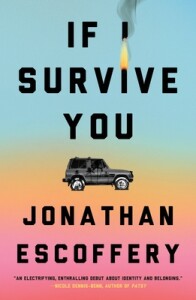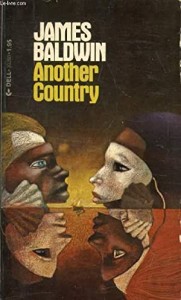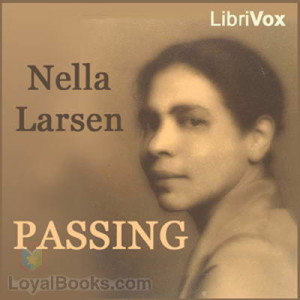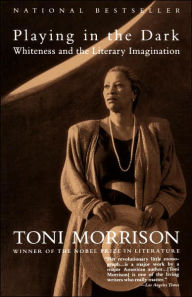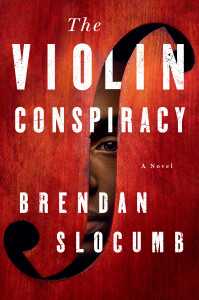
I stumbled on this 2022 novel by chance. What a treat it turned out to be!
Playing one of his high school’s loaner violins, Ray McMillan finds his life’s passion. He loves music, especially classical music. However, his mother wants him to drop out of school as soon as the law allows and get a job at Popeye’s so he can help support the family.
No one in his family understands or supports his love of music except his grandmother Nora who gives him the fiddle owned by her own grandfather, a slave, given to him by his enslaver. Dirty and in need of repair, the fiddle is Ray’s most precious possession.
As a Black teenager, Ray finds his path barred in many ways. As my own son’s first grade teacher said, “No one expects to find a genius in a neighborhood like this.” Luckily he encounters teachers who help him get a scholarship to study music and advise him during his adjustment to college.
When he finishes school and begins auditioning, he discovers that PopPop’s fiddle is actually a Stradivarius, worth $10 million. He becomes a sensation, due to his remarkable talent and amazing story, but he still encounters racism at every turn.
And he’s got other headaches: His family orders him to sell the violin and share the money with them. Not to be left out, the Marks family, descendants of PopPop’s enslaver, claim the violin is theirs.
Then, just as he’s preparing to compete in the prestigious Tchaikovsky Competition, he opens his violin case to find it empty except for a white Chuck Taylor sneaker and a ransom note.
The author ratchets the suspense up even more, as the clock is ticking down to the start of the competition and to the deadline to raise the ransom money or find the thieves. Could his family have taken it? Or the Marks family? Or professional robbers?
This is simply a great read. The characters are well-drawn; many of them seemed like people I know. It’s a wonderful story with much to say about our culture here in the U.S. and in the international music world.
The author’s descriptions of performances make the music itself come alive. But you don’t have to love classical music to enjoy this story of a young man with a remarkable gift and the tenacity to make the most of it. Plot, character, theme, settings: this novel has it all.
Is there a debut novel that you enjoyed and would recommend?
